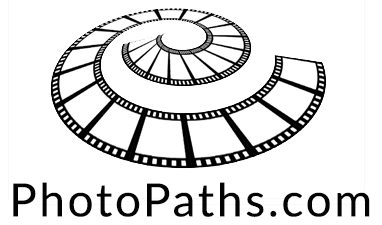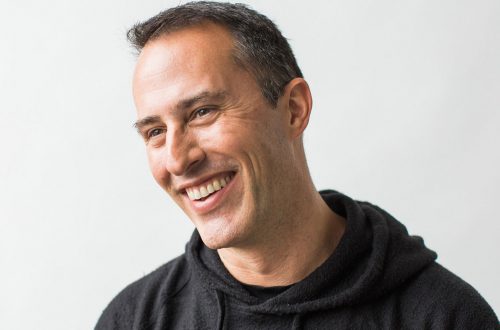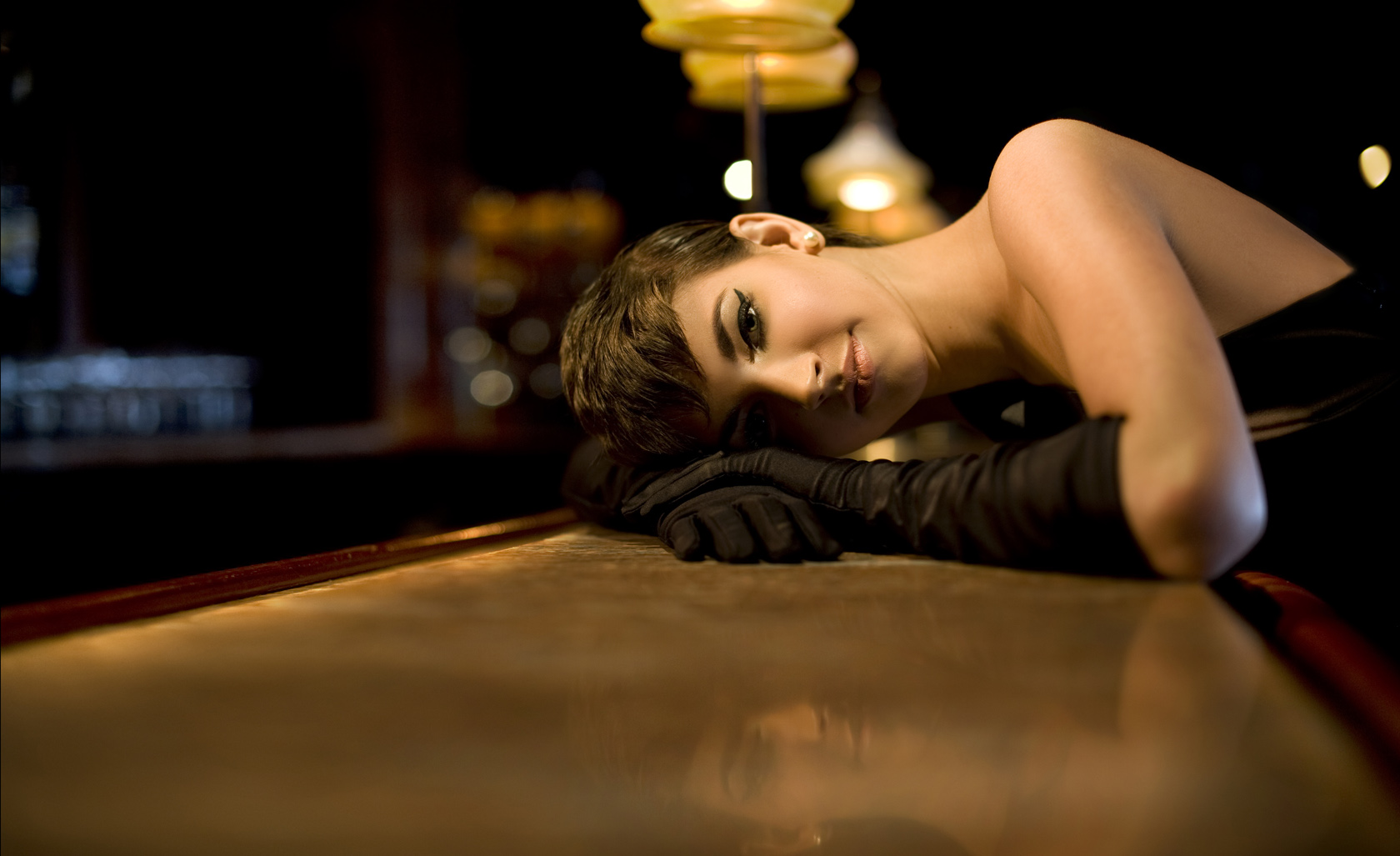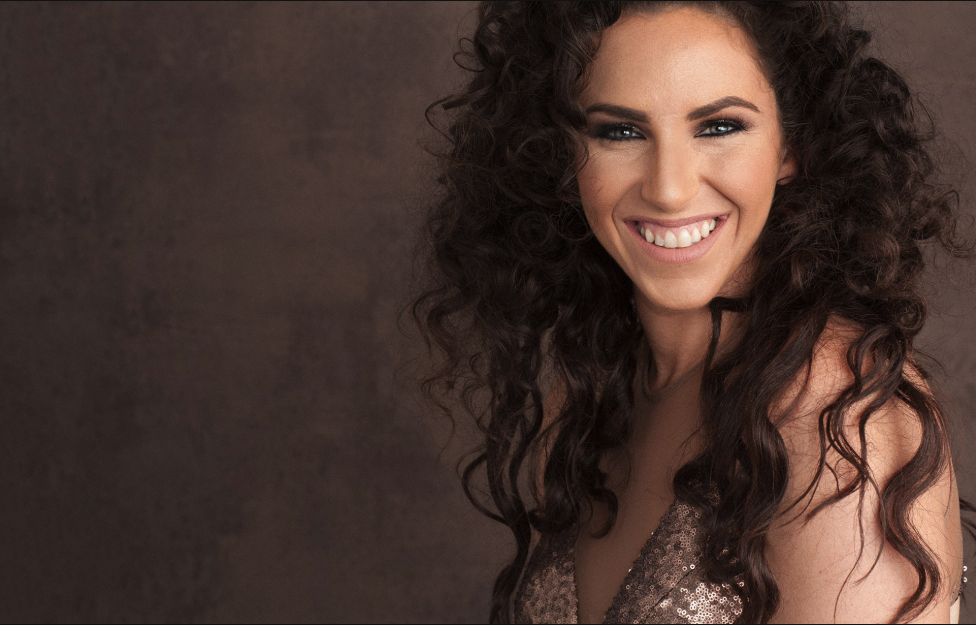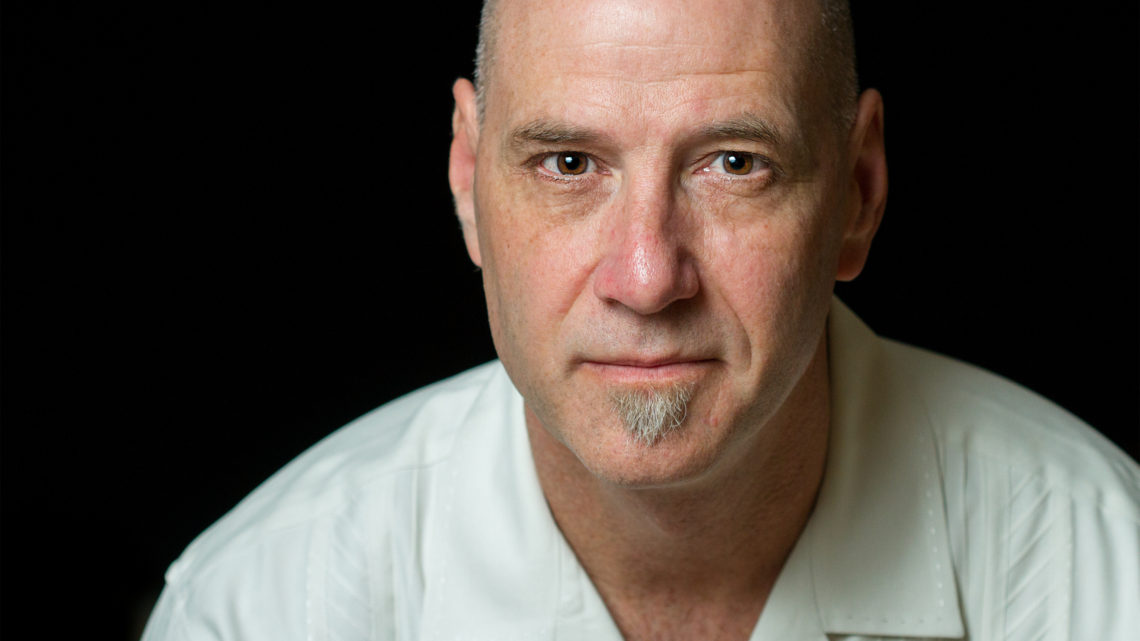
Steven Brazill, Photographer
My name is Steve Brazill, and I am a Southern California-based music photographer and the host of the Behind the Shot Podcast.
Music has been a special force in my life for as long as I can remember, and as a radio personality, emcee, and voice actor, I have been around the music and entertainment industry for many years. I’m on the air at KCAL FM, and I handle their concert photography. I also am one of the house photographers for Toyota Arena.
My goal with every show I photograph is to try to combine my love of music & photography to tell a viewer the story of a show. To help them remember it, or wish they had been there. I try to show them moments that bring the show to life, those defining moments that happen on-stage or behind the scenes.
When did you know the photography/video industry was for you?
I fell into photography, or at least into what I shoot, almost accidentally. My son was going into High School, and he was a drummer in Marching Band. Like most parents, I wanted good photos of my son’s activities, so I walked into the local camera store (Remember Ritz Camera?) and explained to the person behind the counter what I wanted to do. I told him that the band would be playing on the field during halftime at a High School football game. He brought out a Canon XTi, and the Nikon equivalent at the time, and I chose the Canon because it was more comfortable in my hand. Because I would mostly be shooting from the stands he then put a 70-300 f/4-5.6 and a 70-200 f/2.8 in front of me. He tried to convince me that I needed the more expensive 70-200, but my response was that 300 is more than 200 and that the 70-200 didn’t match. Canon’s 70-200 is a white lens, while the camera was black.
That mistake was the start of my loving photography.
I’m a geek by trade. I’ve been in radio for 40+ years, and have been an Independent I.T. Consultant for 25 years (my original MCSE was on Windows NT 3.51). Gear and tech are passions, and buying the wrong lens caused me to quickly find out that photography was tech. I would photograph the marching band from way up in the stands, and at 70mm the shots were perfectly exposed, but when I would zoom in to 300mm to get closeups of my son they were underexposed. I had no idea why zooming was changing the exposure.
That one mistake of buying the wrong lens was the best thing that ever happened to me. It forced me to learn the exposure triangle. I needed to be able to zoom and adjust exposure to compensate quickly, and the geek side of me loved it. By the end of the first season, I could adjust to whatever I needed without thought, the exposure triangle and reciprocals were second nature. The by-product of that was realizing just how dark High School football stadiums are. I was shooting a Canon XTi at ISO 1600-3200, and it was noisy. Learning to shoot low-light action was a challenge, and I loved it.
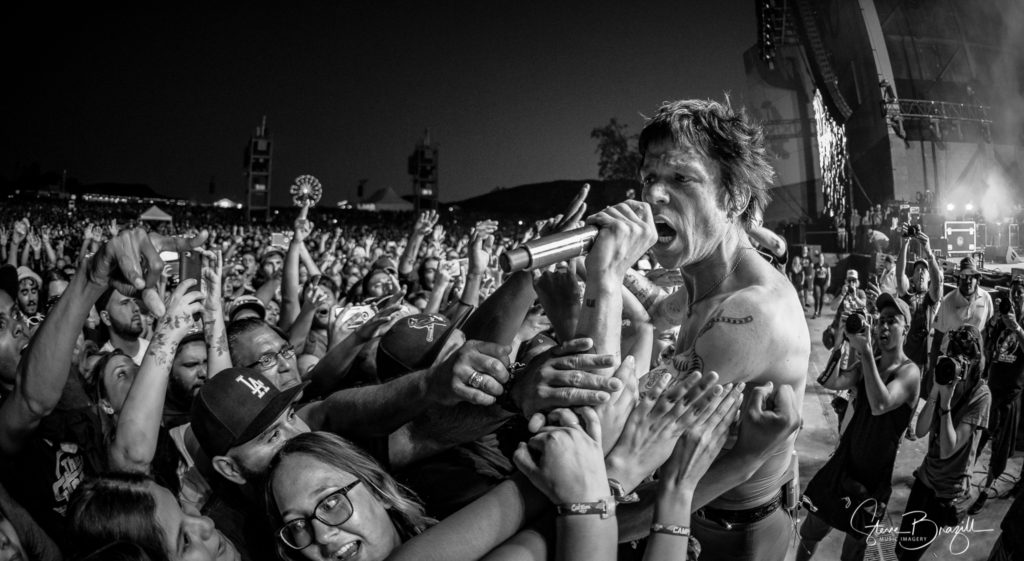
How did you get your current position?
Having been in radio for so long I have been to a lot of concerts, and I remember the days when backstage meet ’n greets were almost entirely industry people. Today, meet ’n greets with the bands are often for people who pay for VIP passes. One day I emailed my boss to say “we get into a lot of concerts, but can we get in to photograph them”? His reply was that I should ask someone. At that moment I knew I was on the right track, but DJs don’t have business cards, only the sales staff usually does. What if I needed a business card to prove who I worked for? I emailed my boss again to ask if I could get business cards, and he emailed me the station logo and said “make your own”. Luckily, that computer background came in handy – I knew graphic design enough and had cards at the local print shop the next day. Two weeks later I was photographing Heart and Def Leppard. I have never looked back.
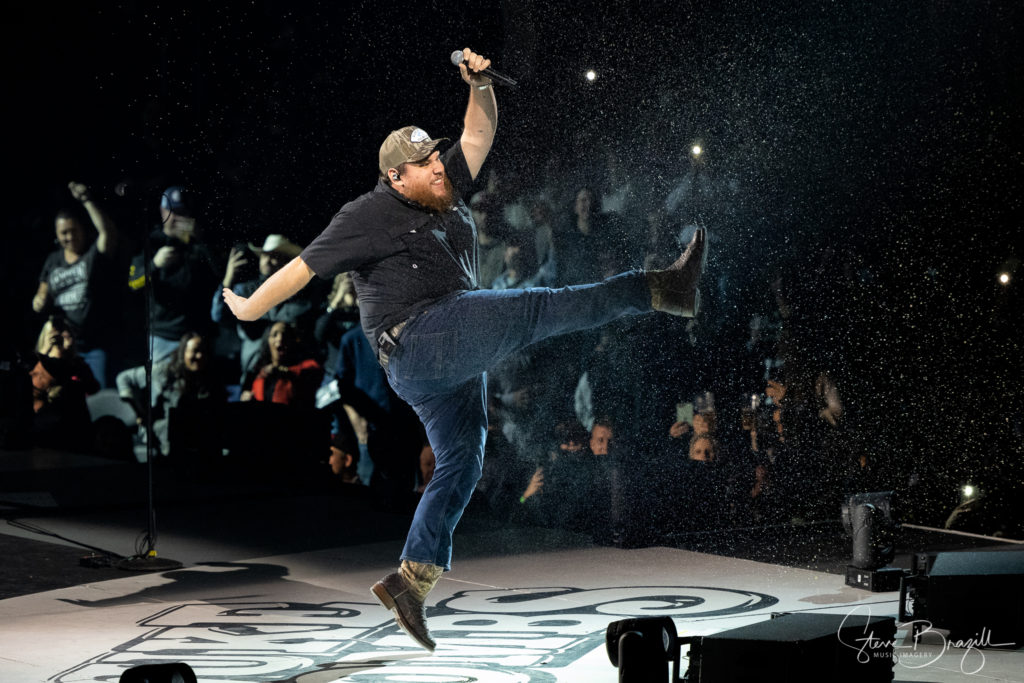
How did your training or schooling prepare you for your job?
This is a tough one to answer. There was no direct connection between my history and concert photography. I just knew that I loved music and that the photos I saw growing up defined most of the bands I loved. I wanted to make those photos. But Live Music Photography isn’t like most other genres. You can’t walk into a concert with a camera just because you’re a fan of the band. In fact, it’s often helpful if you’re not a fan. No one will let you waltz in to take photos because you want them for your portfolio. Music photography is a gated community. There are a number of layers of gatekeepers, from PR reps and management to venues and security, who control the access. Getting past that is nothing I had any knowledge about, I had to figure it out through research and trial and error. In the end though, like owning the wrong lens at first, the training comes in real-time.

What was the greatest obstacle you had to overcome in pursuing your career?
This is such a great question, and relates to what I said above… the Music Photography world has restrictions. The gatekeepers I spoke about wanting something from you. They give you the access to shoot a show, and they want coverage. They want the world to know that a band is great live and that if that tour comes to someone’s city they want that person to buy tickets. It’s a barter system really. That system causes a huge obstacle… giving a show “coverage” means that you are media. What I do is basically photojournalism. Being media means that you need to have a media outlet. That could be traditional media, like newspapers or magazines. It could also mean broadcast media, like TV. You could also be shooting for an agency, like AP or Getty. Getting in with these traditional outlets can be hard, but luckily, there are music-related news sites everywhere, and websites are restricted by geographic boundaries. These can be a great way to overcome these obstacles. In my case, radio falls under traditional media, but some gatekeepers don’t get it. I applied to photograph a legendary band once and the reply I got back was “you’re radio, why do you need pictures”? I couldn’t believe someone in that position seemed to not know that radio stations have websites. Just this year, I wanted to photograph a large festival, a festival that the radio station I work for had given tickets away for on the air, and the reply was that they don’t approve of radio. But the best way to overcome these types of obstacles is to just move on to the next show and try again.
Let me take a sidebar here and say something before someone jumps on the “journalism” label. Music photography can be many things, and in fact, the same image could fall under both journalism and commercial photography. You might be shooting for the venue, band, PR, or management, which means you are doing a commercial shoot. The images are for marketing purposes. For most people, however, you are shooting as media, giving that artist coverage. That means journalism, and that leads to a discussion on journalistic integrity, which is beyond this conversation. Still, I want to say that if you are shooting for a true media outlet, a newspaper, magazine or the like, you really need to follow the outlet’s journalistic guidelines. For example, don’t clone things out of a shot in Photoshop. I had someone submit photos from a show for use on the radio station website, but I found out the photographer added lights. Don’t do that. Some outlets won’t care, like many music blogs. They just want you to tell the story of the show however you choose. You need to know where the line is.
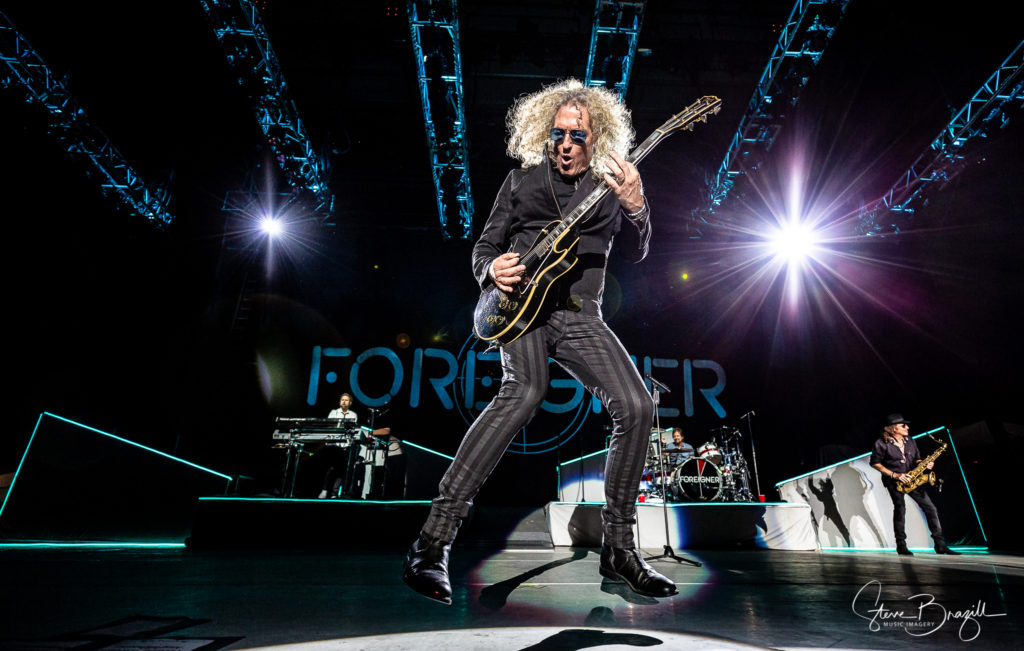
Who would you name as the most influential person in shaping your career? Why?
There are so many. I am lucky to say that I am now friends with some music photographers that I greatly look up to. David Bergman, Christie Goodwin, Adam Elmakias, Alan Hess, Anthony D’Angio, Dustin Jack, Jack Lue, Paul Hebert, Brad Moore, and too many other music photographers to name one-by-one. Outside of music photography, I’d say Scott Kelby, Troy Miller, Rick Sammon, Scott Bourne, and again, I could keep going for a very long list.
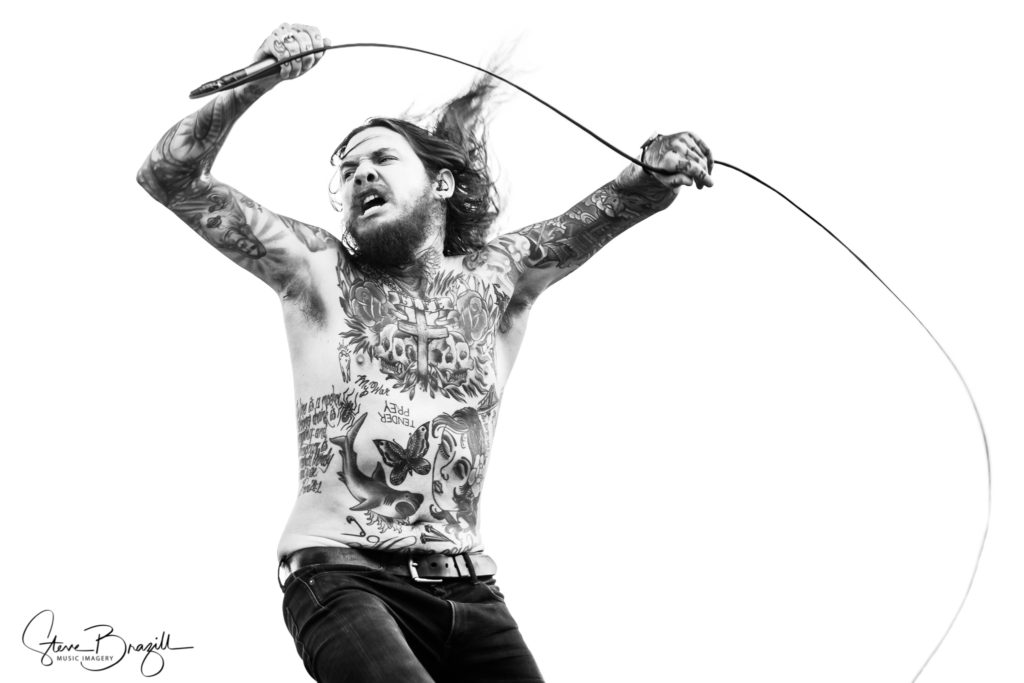
If you could be compensated for your work with something other than money, what would it be?
Finally, an easy question…. Diet Coke and Cinnabon.
To see more of Steve’s work:
Portfolio:
http://stevebrazill.com
https://twitter.com/SteveBrazill (@SteveBrazill) https://www.instagram.com/stevebrazill/ (@SteveBrazill)
Behind the Shot Podcast
https://behindtheshot.tv
https://twitter.com/BehindTheShotTV (@BehindTheShotTV) https://www.instagram.com/BehindTheShotTV/ (@BehindTheShotTV) https://youtube.com/behindtheshot
Related Images:

